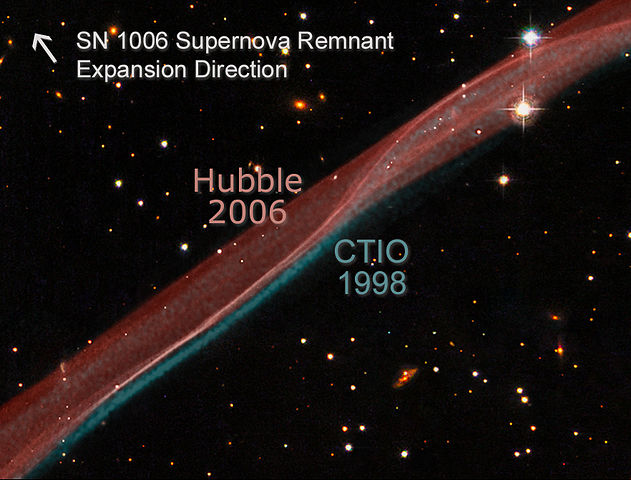
Story Highlights
- Historical event
- 30 April 1006
- It was an explosion of a star about 7,200 light years away from Earth. The remnants of that supernova can still be seen today.
On this day back in 1006, therefore in the early Middle Ages, the brightest supernova in recorded human history exploded in the sky.
It was an explosion of a star about 7,200 light years away from Earth. It appeared in the constellation of Lupus (Wolf).
According to some reports, the visual size this supernova was half that of the moon, and the light was so bright that objects on the ground could be seen at night, and some believe that it was even possible to read.
To be precise, the mentioned supernova exploded, about 7,200 years earlier, and in 1006 the light of that explosion reached our planet.
It is assumed that the supernova occurred due to the so-called “double degenerate progenitor”.
This is a situation where two white dwarf stars revolve around each other (i.e. around a common center of mass), and then merge into a mass that can explode. It is characterized by particularly large supernova, greater than when a single star explodes.
The remnants of that 1006 supernova can still be seen today in Lupus constellation. They appear as large shells of up to 20 parsecs in diameter, which is 65.2 light years (almost the same as the distance from the Sun to the famous star Aldebaran).




